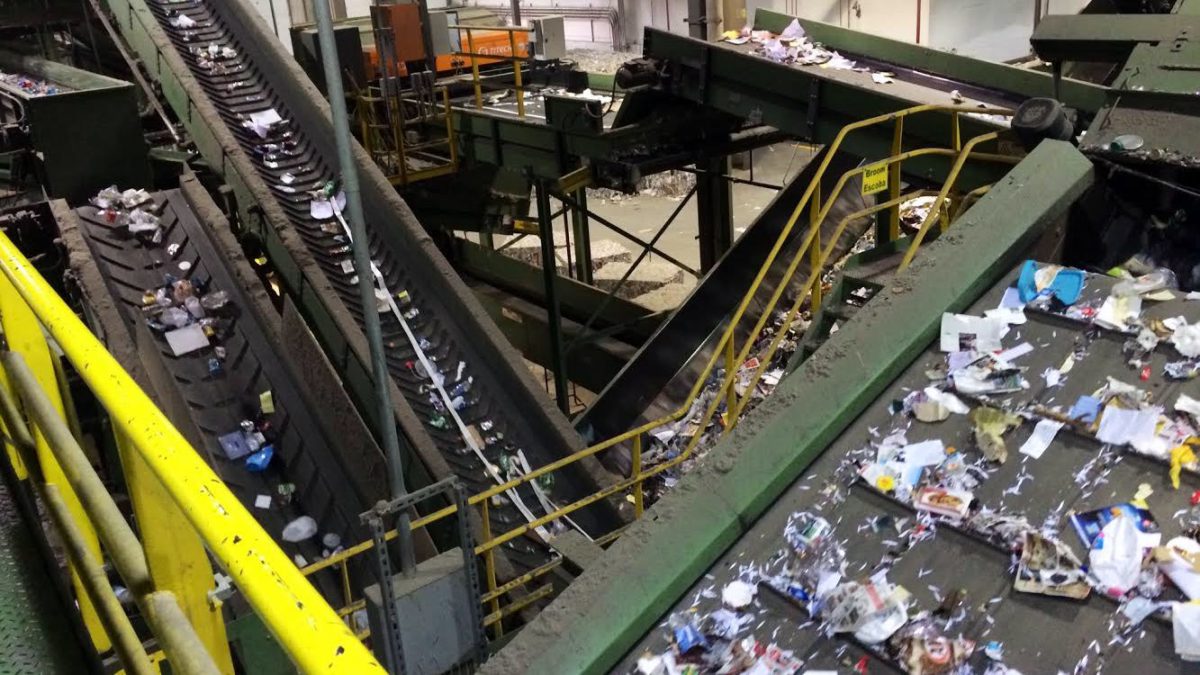Rosemary Han, SPC Project Associate
Tell us about your background
I’m from Richmond, Virginia but originally grew up in New York, where I have childhood memories of helping my mom sort plastic and glass recyclables at our local grocery store’s reverse vending machines. I think that’s where my love affair with recycling began. In 2012, I completed my undergraduate studies at the University of Virginia, where I had the opportunity to work closely with the recycling department as a student employee. During my time there, I learned about pressing sustainability issues and implemented change through student-led and grant-funded projects focused on recycling and zero-waste initiatives. This experience, paired with my summertime job as a crew member for Clean Vibes, a recycling and waste management service provider for outdoor music festivals, cemented my desire to pursue a career in environmental sustainability. Prior to joining GreenBlue in July 2015, I worked for an environmental consulting firm supporting U.S. EPA and the Superfund Redevelopment program.
Why were you interested in working with GreenBlue?
I had known about GreenBlue for several years and always admired the company’s work. My prior experiences with recycling and composting exposed me to the end-of-life handling of materials, and I became curious to fully grasp the lifecycle of those materials from beginning to end. I learned about GreenBlue’s approach with closed loop systems and valued its research on sustainable packaging. Though there are many inherent complexities to environmental sustainability, GreenBlue proves to be a leader in tackling the issues, sparking dialogue among industry, and creating beneficial tools and resources. Beyond the subject matter of its work, I also appreciate the company’s enthusiasm to investigate new approaches and implement innovative ideas.
What are you most looking forward to working on at GreenBlue?
I’m looking forward to engaging with a diverse array of stakeholders through the Sustainable Packaging Coalition (SPC). More specifically, I’m excited to work with various members of the SPC in assessing industry trends and corporate sustainability goals. I’m also looking forward to challenging myself to learn new things within GreenBlue’s wide breadth of work and having opportunities to learn from my fellow GreenBlue colleagues who have subject matter expertise in niche topics.
Fun facts about yourself?
I am a volunteer on-air host for WTJU, the local non-commercial radio station here in Charlottesville. It’s a great way to share my passion for music and connect with the local community!
I’m fluent in French and have studied abroad in a few francophone countries, including France, Senegal, and Morocco.





